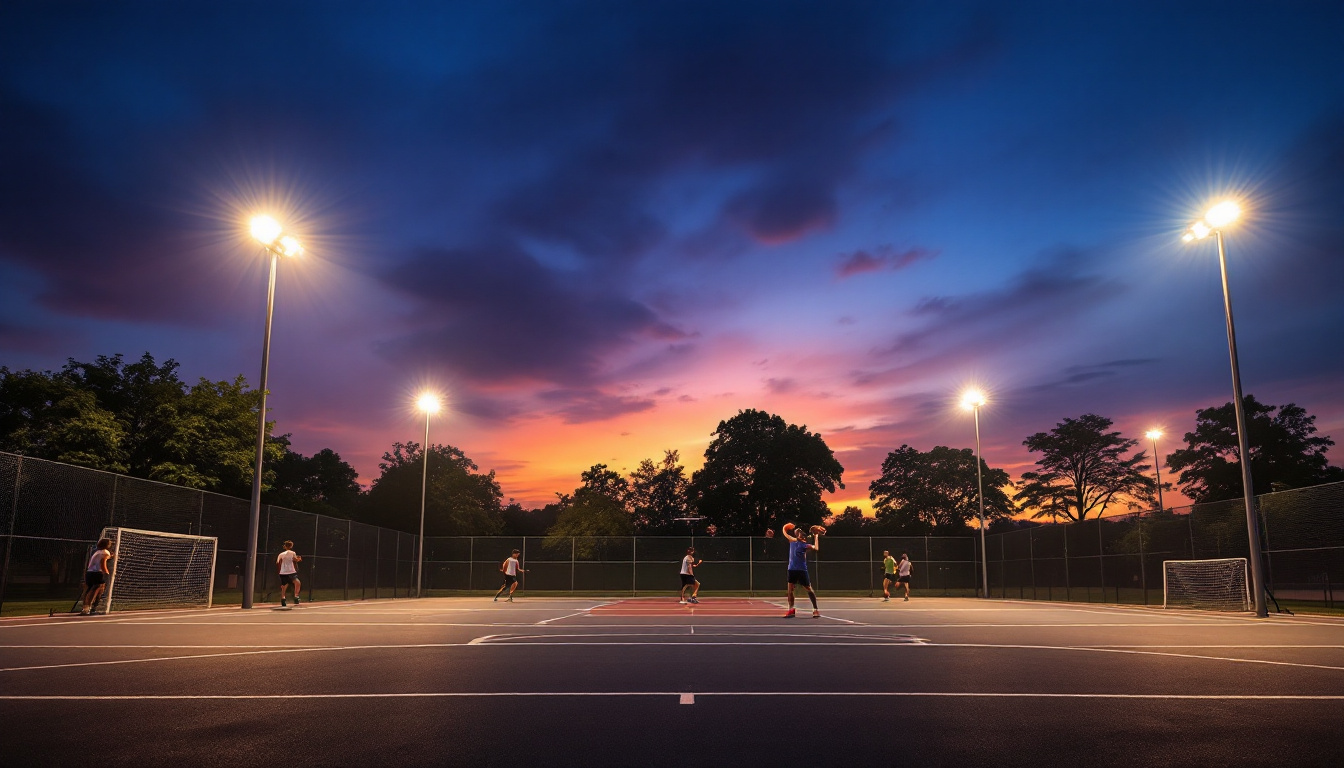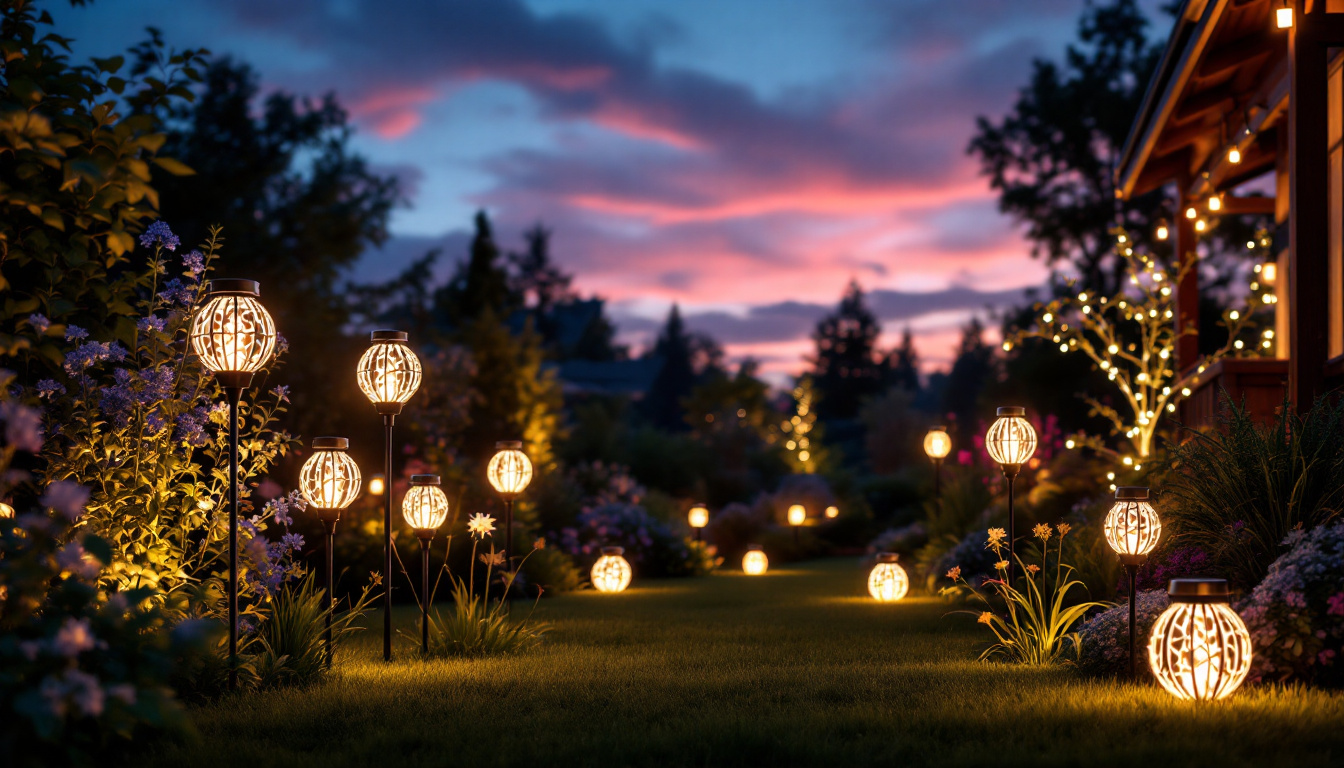
Every lighting contractor knows that the success of an installation hinges on compatibility between the bulb and its fitting. Bulb fittings are the interface between the light source and the fixture, dictating not only how the bulb is secured but also how it connects electrically. Misunderstanding or overlooking fitting types can lead to installation delays, safety hazards, or poor lighting performance.
With countless bulb fittings available, contractors must be fluent in identifying and working with the most common types. This knowledge streamlines project workflows and ensures client satisfaction. The right fitting guarantees a secure connection, optimal electrical contact, and easy maintenance.
Among the most prevalent bulb fittings are the Edison screw (E26/E27) and the bayonet cap (B22), each serving distinct applications in residential and commercial settings. The Edison screw, for instance, is favored for its ease of use and widespread availability, making it a go-to choice for many standard light fixtures. Conversely, the bayonet cap, with its push-and-twist mechanism, offers a more secure fit, which is particularly beneficial in environments where vibrations or movement could dislodge a bulb. Understanding the nuances of these fittings not only enhances the contractor’s ability to choose the right component but also informs the overall design and functionality of the lighting system.
Furthermore, as technology advances, new fitting types such as GU10 and MR16 have emerged, catering to specific lighting needs like track lighting and recessed fixtures. These fittings often require a deeper understanding of the electrical specifications and installation techniques, as they can differ significantly from traditional fittings. For example, GU10 fittings are designed for halogen and LED bulbs that require a twist-lock mechanism, while MR16 fittings often involve low-voltage applications that necessitate transformers. Familiarity with these variations allows contractors to offer tailored solutions that meet the unique demands of each project, ultimately enhancing both aesthetic appeal and energy efficiency.
Bayonet fittings are among the most traditional and widely used bulb fittings, especially in residential and commercial lighting. The Bayonet Cap (BC), often referred to as B22, features two pins on opposite sides of the base that lock into the socket with a push-and-twist action. The Small Bayonet Cap (SBC or B15) is a smaller version designed for compact bulbs. These fittings are particularly popular in the UK and other countries that have adopted the bayonet design, thanks to their reliability and ease of use. The BC and SBC fittings are not just functional; they also come in various designs and finishes, allowing for aesthetic versatility in lighting fixtures.
Bayonet fittings offer a secure mechanical connection that resists vibration and accidental loosening, making them ideal for ceiling fixtures and lamps that may experience movement. Their push-and-twist mechanism is intuitive and quick, reducing installation time on site. This ease of use is particularly beneficial in environments where lighting may need to be changed frequently, such as in retail spaces or event venues. Furthermore, the robust design of bayonet fittings contributes to their longevity, ensuring that they can withstand the rigors of daily use without compromising performance.
Lighting contractors often encounter BC and SBC fittings in retrofit projects or when working with older properties. Knowing how to identify and replace these fittings ensures seamless upgrades without rewiring. Additionally, as energy-efficient LED bulbs become increasingly popular, many manufacturers have started producing LED options compatible with bayonet fittings. This transition not only helps in reducing energy consumption but also extends the lifespan of bulbs, making bayonet fittings a sustainable choice for modern lighting solutions. As technology evolves, the integration of smart lighting systems with bayonet fittings is also on the rise, allowing for enhanced control and customization of lighting environments.
The Edison Screw fitting is a staple in lighting, recognized by its threaded metal base that screws into a matching socket. The standard Edison Screw (E27) is common in general lighting, while the Small Edison Screw (E14) is used for smaller bulbs such as chandeliers or appliances. This design was patented by Thomas Edison in the late 19th century and has since become the industry standard, evolving through various iterations to accommodate modern lighting technologies, including incandescent, fluorescent, and LED bulbs.
This fitting type is prevalent worldwide, especially in commercial and residential sectors. Its threaded design provides a reliable electrical connection and easy bulb replacement. The versatility of Edison Screw fittings allows for a wide range of bulb types, from warm white to cool daylight, enabling users to create the perfect ambiance in any setting. Additionally, the aesthetics of the bulbs can vary greatly, with options available in decorative shapes and finishes, catering to both functional and stylistic needs.
Contractors appreciate Edison Screw fittings for their durability and simplicity. However, care must be taken to ensure the bulb is screwed in fully to prevent flickering or poor contact. Over-tightening can damage the bulb or socket, so a firm but gentle twist is recommended. It’s also important to consider the wattage of the bulb being used, as exceeding the socket’s rating can lead to overheating and potential safety hazards. For this reason, many manufacturers now provide clear labeling on both bulbs and fixtures to guide users in making safe choices.
When specifying bulbs, matching the correct screw size is crucial. An E27 bulb will not fit an E14 socket and vice versa, so double-checking specifications avoids costly errors. Additionally, the choice of bulb technology can impact energy efficiency and longevity. LED bulbs, for instance, are becoming increasingly popular due to their low energy consumption and long lifespan, often lasting up to 25,000 hours compared to traditional incandescent bulbs. As the lighting industry continues to innovate, understanding the nuances of Edison Screw fittings will help consumers and professionals alike make informed decisions that align with their lighting needs and sustainability goals.
GU10 and MR16 fittings are synonymous with spotlight and downlight applications. GU10 bulbs have a twist-and-lock base with two short pins spaced 10mm apart. MR16 bulbs, on the other hand, typically use a bi-pin base with two straight pins spaced 5.3mm apart.
GU10 bulbs operate on mains voltage, making them convenient for many installations. MR16 bulbs usually require a low-voltage transformer, which adds complexity but allows for more precise beam control and energy efficiency.
Lighting contractors must be mindful of the voltage requirements when working with these fittings. Installing an MR16 bulb without the appropriate transformer can cause immediate failure or pose safety risks. GU10 bulbs eliminate this concern but may have fewer options in terms of beam angles and dimming compatibility.
Both fittings are popular in commercial spaces, hospitality, and residential settings where directional lighting is desired. Familiarity with their installation nuances ensures smooth project execution.
G4 and G9 fittings are small bi-pin bases designed for compact bulbs, often used in decorative fixtures, under-cabinet lighting, and accent lamps. G4 bulbs have two pins spaced 4mm apart and typically operate on low voltage, while G9 bulbs have looped pins spaced 9mm apart and run on mains voltage.
These fittings are less common in large-scale projects but are frequent in bespoke lighting designs and renovations. Their compact size allows for sleek fixture designs, but also demands precision during installation to avoid damaging the pins.
Contractors should verify voltage compatibility and ensure that replacement bulbs match the fitting type exactly. Using a G4 bulb in a G9 socket, or vice versa, is impossible and can lead to project delays.
Pin base fittings are prevalent in linear fluorescent and LED tube lighting. The G5.3 base is common in MR16 halogen and LED lamps, while G13 is the standard for T8 fluorescent tubes. These fittings use pins inserted into corresponding slots rather than screw or bayonet mechanisms.
For contractors, understanding pin base fittings is essential when working on commercial, industrial, or office lighting systems. Many retrofit projects involve replacing fluorescent tubes with LED equivalents, making accurate fitting identification critical.
Pin base bulbs require careful alignment to ensure proper electrical contact. Some LED tubes are designed to be “plug and play” with existing ballasts, while others require ballast bypass. Contractors must assess the existing infrastructure before specifying replacements.
R7s bulbs are linear halogen lamps used in floodlights and security lighting. They have two pins at each end of a tubular bulb. Their high-intensity output makes them suitable for outdoor and industrial applications.
Lighting contractors should handle R7s bulbs with care, as halogen lamps can become extremely hot and require fixtures designed to dissipate heat safely.
PAR (Parabolic Aluminized Reflector) bulbs come with various fittings, including screw and bayonet types, depending on size and application. They are favored for their focused beams in track lighting, stage lighting, and outdoor fixtures.
Contractors must match the fitting type and size precisely, as PAR bulbs vary widely in diameter and base type.
On-site, contractors often encounter fixtures with unknown or outdated fittings. Carrying a set of fitting gauges or a reference guide can expedite identification. Taking photos and consulting manufacturer specifications also helps avoid ordering errors.
Incorrect bulb fitting can lead to electrical faults, overheating, or fixture damage. Always verify that the bulb’s voltage, wattage, and fitting type align with the fixture’s specifications. Adhering to local electrical codes and manufacturer guidelines protects both the contractor and the end user.
Maintaining a well-organized inventory of common bulb fittings and bulbs reduces downtime. Prioritize stocking BC, ES, GU10, MR16, and G9 fittings, as these cover a broad range of applications. For specialty fittings, establish reliable suppliers to ensure quick access when needed.
Bulb fittings are more than just connectors-they are the foundation of reliable, safe, and effective lighting installations. For lighting contractors, mastering the nuances of each fitting type is essential to delivering quality work on time and within budget.
From the familiar Bayonet and Edison Screw to specialized fittings like R7s and PAR, understanding their design, application, and installation requirements empowers contractors to tackle any lighting project with confidence. Investing time in this knowledge pays off in fewer callbacks, enhanced safety, and satisfied clients.
Ready to elevate your lighting installations with the highest quality fittings and bulbs? Look no further than LumenWholesale, where we offer an extensive selection of spec-grade lighting products at unbeatable wholesale prices. Say goodbye to local distributor markups and hello to superior lighting solutions that fit your budget. With free shipping on bulk orders, you can stock up on everything you need to master any lighting project. Don’t compromise on quality or value—choose LumenWholesale for the perfect blend of affordability and performance. Wholesale Lighting at the Best Value is just a click away.

Discover the essential checklist for contractors installing 2X4 lay-in LED light fixtures.

Illuminate your path to success with our guide on sport court lighting! Discover essential do’s and don’ts for lighting contractors to ensure optimal visibility, safety, and energy efficiency on the court..

Discover how patio outdoor lights can be a game-changer for lighting contractors looking to win more bids.

Discover the transformative power of solar decorative lights with our comprehensive guide for lighting contractors.